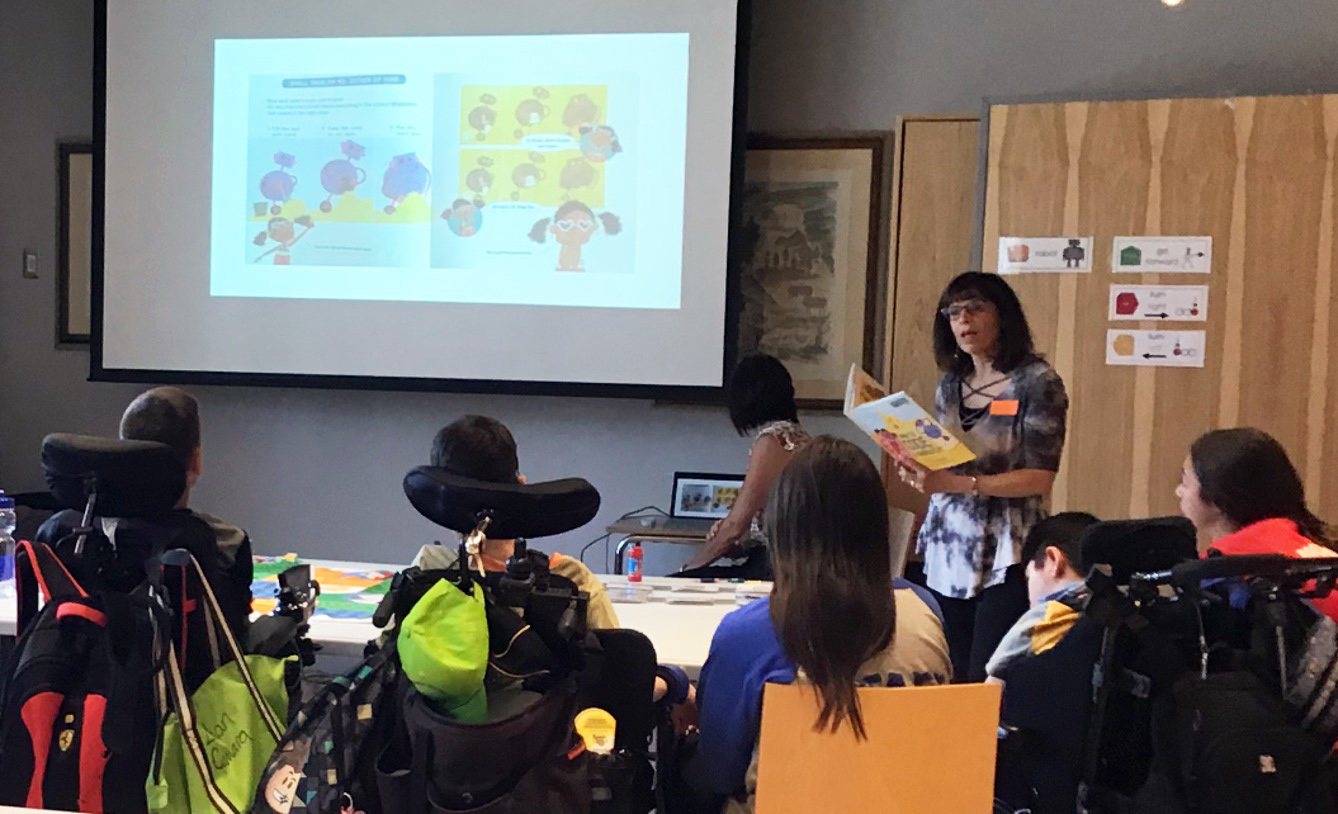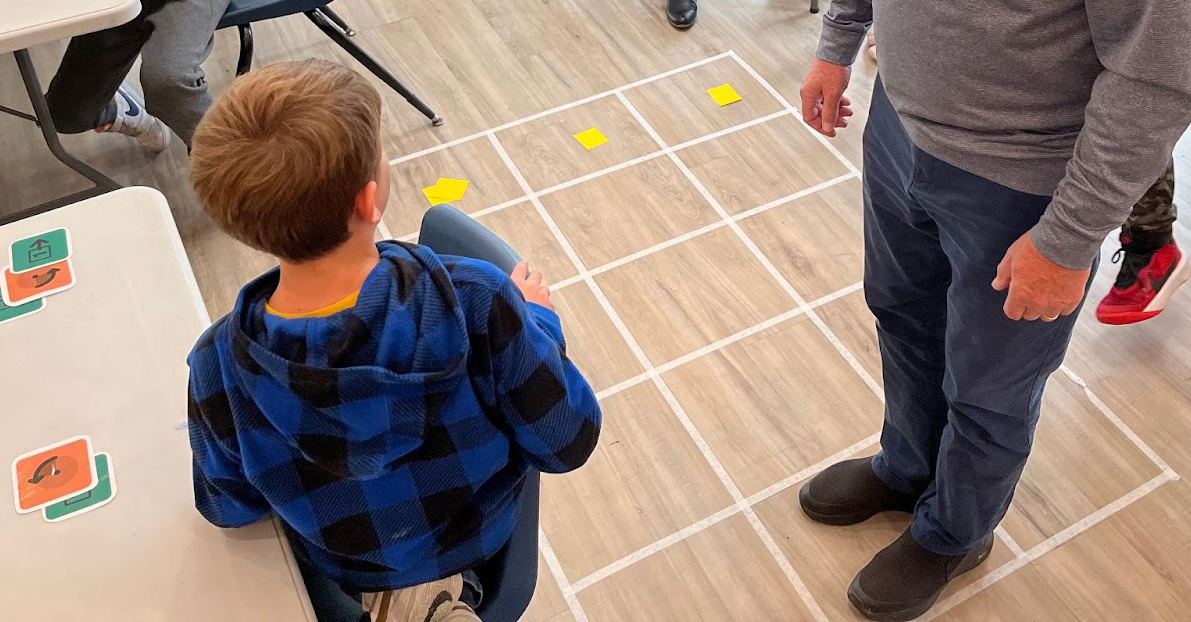Modeling the activities
Overview
Modeling activities is an effective way to help children grasp collaborative tasks. Simplify instructions, utilize visual aids, and break down complex steps into manageable tasks. Offer multiple examples for inspiration, encourage questions, and set realistic goals. Reusing documentation from previous sessions can aid in learning and development.
Description
Modeling an activity is a powerful way to ensure that children fully understand the collaborative tasks, expectations, and objectives involved. It provides them with a starting point and helps them feel more comfortable engaging in the activity. Setting realistic goals that are achievable and meaningful for the needs and pace of the children you are working with can assist you in designing your collaborative activities and planning instructional materials.
Suggestions
Simplify Instructions
As you design activities, aim to simplify complex concepts and instructions. Use clear and concise language that is easily understood by the participants. Avoid jargon or technical terms that may be unfamiliar to kids.
If an activity involves several complex steps, break them down into smaller, manageable tasks and manageable instructions. For example, include instructions with one or two key words like ‘what do you think about X.’. This approach makes the overall process less overwhelming and enables participants to focus on one aspect at a time.
Use Visual Aids
Utilize visual aids, such as diagrams, images, or videos, or social stories to demonstrate the activity. Visual representations can provide additional clarity and help participants better comprehend the task at hand. Consider using picture-based communication systems if some participants rely on them.
Offer Examples
If the activity involves exploration and creativity, offer multiple examples to inspire participants. Presenting diverse possibilities can help children understand the goals of the activity and come up with unique contributions.
Model Activities Step-by-Step
Model the activity step-by-step, demonstrating each stage of the process. Allow participants to observe and understand how to proceed before asking them to engage in the activity themselves.
Encourage Open Communication
During the modeling phase, encourage participants to ask questions or seek clarification. This fosters open communication and ensures that any doubts or uncertainties are addressed before proceeding.
If applicable, reuse any documentation from previous sessions in upcoming ones. This can aid students in recognizing themselves in learning processes, design development, and more.
Example

In our Weavly project collaborative sessions, we always began with an activity to set the context and engage the children with the day’s plans. This involved various approaches like watching videos, reading books, or playing warm-up games together.

Before introducing coding concepts or challenges, we began with real-world items like toys or robots that the children were familiar with. Using these props as models, we demonstrated the activity they would later replicate in the digital space. This approach bridged the gap between the physical and digital environments, making it easier for them to follow instructions. For instance, we might lay out a grid on the floor and ask the students to navigate from point A to B using directional cards, mirroring how they would later navigate their on-screen character in the Weavly coding environment.